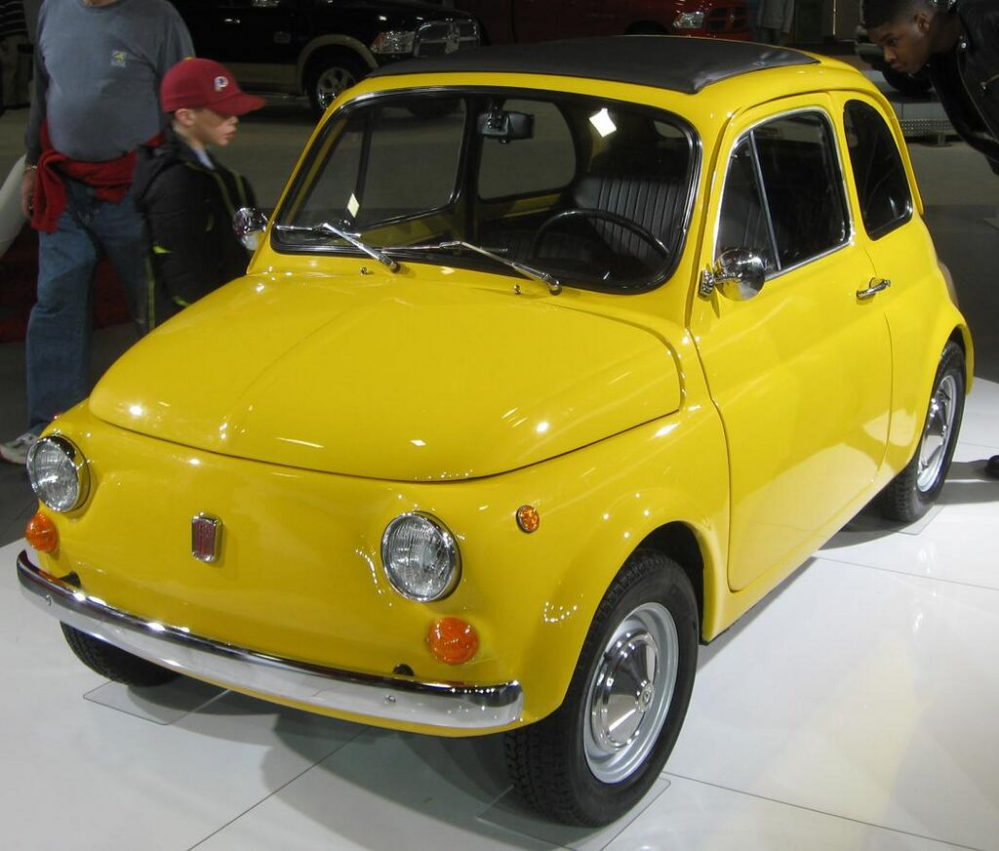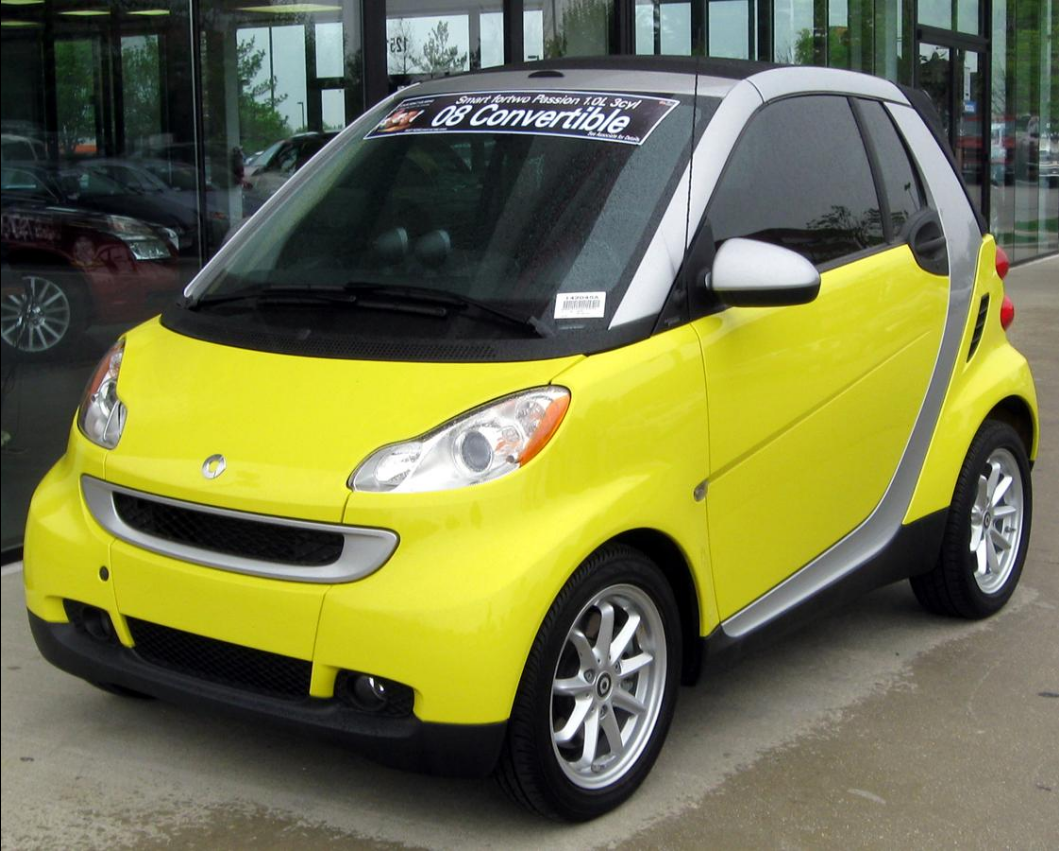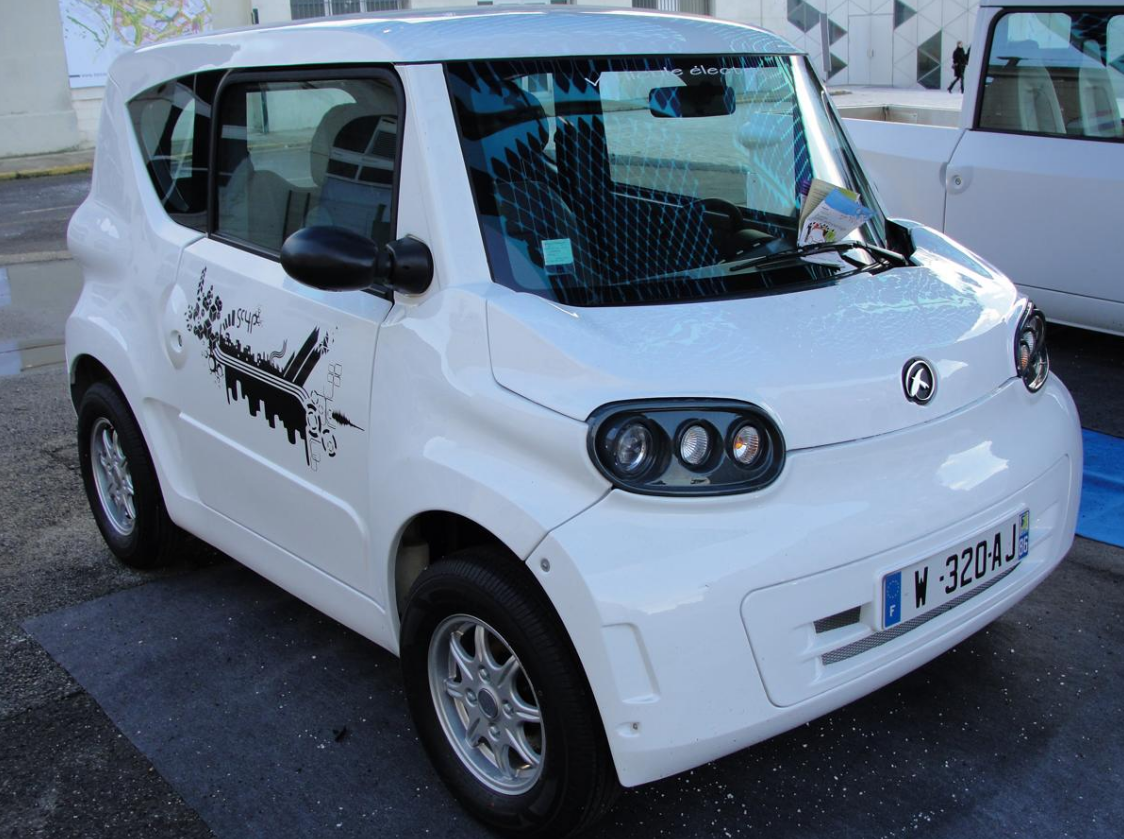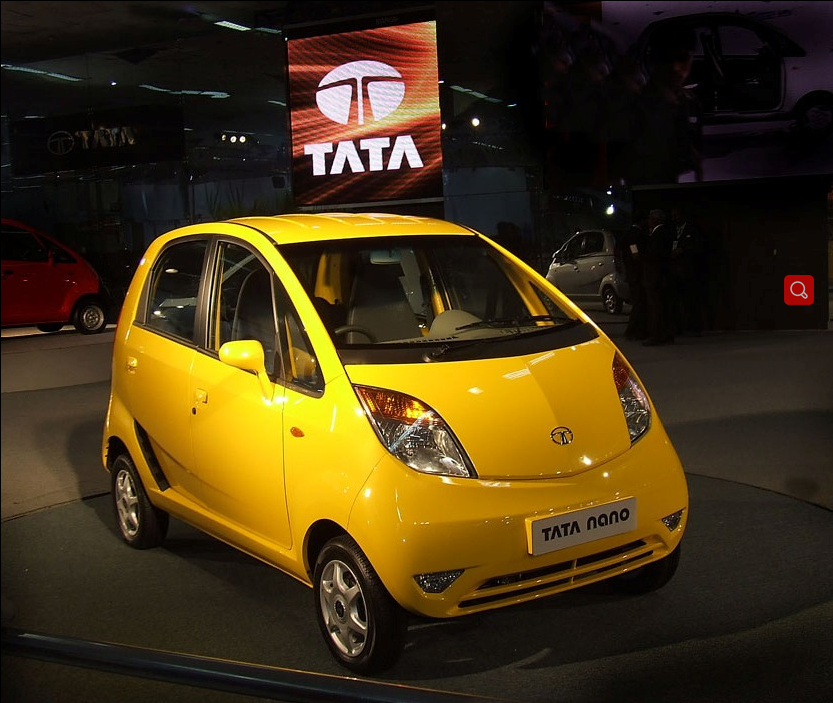
| Version | Summary | Created by | Modification | Content Size | Created at | Operation |
|---|---|---|---|---|---|---|
| 1 | Sirius Huang | -- | 1225 | 2022-10-31 01:31:50 |
Video Upload Options
A city car (also known as urban car or a mini) is a small car designed to be used primarily in urban areas and conurbations. The term is used along with other terms for small cars including subcompact in North America. The Euro NCAP calls all small cars superminis. The European Commission refers to A-segment (Utility/city class: entry level small passenger car). In Japan , the kei car is a specific type of small car. The term microcar is loosely used for very small cars, some of which overlap city car classification.
1. Internal Combustion Engine City Cars
1.1. Early History
The original concept for the city car came about as a result of the growing market for entry level vehicles in the 1920s and 1930s. The Great Depression caused the market for large, luxurious vehicles to collapse. As a result, manufacturers had no choice but to build small, cheap vehicles that people could afford, similar to early 20th century "runabouts". However, these vehicles were not specifically branded as vehicles to use in cities or congested areas. They were purely for use as people's cars; cars designed to be cheap, sell a large number of units, and put people who had not owned cars on wheels. A number of these small, cheap cars were sold before the Second World War, including the 1920s Austin 7, 1930s Fiat 500 "Topolino" and the 1940s Crosley.
After the Second World War, a number of manufacturers introduced microcars, which contained many of the elements that City Cars would come to be known for, such as small size and good maneuverability. Microcars were also among the first cars to marketed on their good parking ability; for example, Iso, and later BMW used the Isetta's front hinged door as a marketing advantage, saying you could pull into a parallel parking spot nose forward and exit onto the sidewalk using the door.
Some of these early city cars included the Bond Minicar and AC Petite in Britain; the Iso Isetta in Italy in 1953; the Fulda, Messerschmitt Kabinenroller, and Brütsh in Germany in 1954 (all two-seaters with a Fulda and Sachs two-stroke engine); the Goggomobil, and the Dornier-designed Zündapp Janus,[1] which placed passengers back to back, and featured two front hinged doors similar to the Isetta's. However, these early microcars weren't true city cars; most were designed, built, and sold cheaply, mainly for poor customers in war ravaged Europe. With the exception of a few examples, these were also not designed for specific use in cities.

As the European economy improved, Fiat launched the new 500 in 1957 and in 1959, BMC would introduce its well-known city car, the Mini. DAF joined Italian motoring magazine Quattroruote and Turin coachbuilder OSI to produce the DAF - OSI Citi Car, which used Daffodil mechanicals and interior, and was one of the first cars with a continuously variable transmission.[2] There were other new projects from 1969 through 1972.[3] In 1972, Daihatsu proffered an electric model, while Toyota showed the Town Spider, with a choice of petrol or electric power,[4] and General Motors displayed three two-seaters, one electric, one gasoline, and one hybrid. The GM products were capable of only 0–30 mph (0–48 km/h) in 15 seconds and 30–45 mph (48–72 km/h) maximum, not good enough for normal city driving, nor could they meet the safety regulations which would be introduced in 1974.[5]
While many of these cars can be considered city cars today, these cars have been replaced by larger cars with each passing generation. Exceptions are the smaller Fiats, especially the 1957 Fiat 500 and 126. They were in the region of 3.0 metres (9 ft 10 in) in length, but had seating for four people, putting them outside the microcar category. In the 1970s the Citroën LNA and related three-door Peugeot 104 offered compact city sized cars of around 3.3 m, and the Fiat Panda followed in 1980.
In Japan, regulations defining kei cars were established on 8 July 1949. Production of compliant vehicles started around 1955–1958 by Daihatsu, Mitsubishi, Subaru, and Suzuki.
1.2. The Boom

In the late 1980s, superminis had physically grown so much that many buyers wanted even smaller four-seat cars. In Japan, buyers had a wide selection to choose from in passenger cars, microvan and kei trucks, such as the Honda Today and the Honda Acty, Subaru Sambar and Subaru Vivio, Daihatsu Atrai and Daihatsu Mira, Mitsubishi Minica and Mitsubishi Minicab, and the Suzuki Fronte and Suzuki Wagon R. In Europe a number of small cars were launched, including the Lancia Y10 (3,390 millimetres (11 ft 1 in) long) in 1985 and the Renault Twingo in 1993, which featured a MPV-like design and interior room, despite its size and height 3,430 millimetres (11 ft 3 in) long and 1,420 millimetres (4 ft 8 in) tall. Combined with an original exterior and interior design, it quickly became a best-seller, although it was not officially imported to right-hand drive markets including the United Kingdom. However, the Fiat Cinquecento, launched towards the end of 1991, was made for right-hand drive markets, and was hugely popular.
In 1996, the Ford Ka was presented with its radical New Edge design. Its egg-shaped body did not leave much room in the rear seats, but many customers did not need them and preferred the Ka over more conservative designs. It was especially popular with British buyers.
During the second half of the 1990s, South Korea n brands Daewoo and Hyundai introduced their city car entries, both for the Asian and European markets. The Hyundai Atos, launched in 1997, was 3,500 millimetres (11 ft 6 in) long and 1,600 millimetres (5 ft 3 in) high, which was much taller than any European models (usually under 1,450 millimetres (4 ft 9 in)) and provided considerable interior space. Its boxy shape provoked mixed reactions. The Daewoo Matiz followed in 1998 with a Giorgetto Giugiaro design and a moderate height (1,500 millimetres (4 ft 11 in)). These Korean city cars were much cheaper than most of the European models, especially the Opel/Vauxhall Agila (2000), a badge engineered Suzuki Wagon R, Volkswagen Lupo (1999) and the two-seater Smart Fortwo (1998). By the year 2000, city cars had increased massively in popularity with buyers in the space of a decade.
1.3. Larger City Cars

As small family cars and superminis grew in the 1990s to the 2000s, so did city cars. After some new superminis grew to be over 3,900 millimetres (12 ft 10 in) long (like the Ford Fiesta, Opel Corsa, the SEAT Ibiza and the Volkswagen Polo), some automakers developed city car models more than 3,650 millimetres (12 ft 0 in) long. The first of these models was the Nissan Micra (2002), which is 3,720 millimetres (12 ft 2 in) long and smaller than many superminis of the late 1990s. Other cars are the Citroën C2, Suzuki Swift, Smart Forfour, Tata Indica, and Peugeot 1007 (the last one which can also be labelled as a mini MPV). Fiat launched their new Fiat 500[8] in 2007, somewhat bigger than the first 500, but still only 3,546 millimetres (11 ft 8 in) long.
In addition, since the 2000s there has been a return of smaller city cars with lengths well under 3,200 mm such as the Tata Nano and Toyota iQ. Slightly larger, but still around 3,300 mm city cars released in the 2010s include the electric Bolloré Bluecar and Mitsubishi i-MiEV, and traditionally powered Citroën C1 and related Toyota Aygo.[9]
References
- Casucci, Piero. "City Cars: The Answer to the World's Traffic Problems?", in Northey, Tom, ed. World of Automobiles (London: Orbis, 1974), Vol. 4, p. 383.
- Casucci, p. 384.
- Casucci, pp. 384–85.
- Casucci, p. 385.
- Casucci, p. 386.
- The Nano, world's cheapest car, to hit Indian roads, Reuters, 23 March 2009, https://www.reuters.com/article/2009/03/23/us-tatamotors-nano-idUSTRE52M2PA20090323, retrieved 27 August 2009
- India becomes biggest player in littlest cars, MSNBC, 12 December 2009, http://www.msnbc.msn.com/id/34575226/ns/business-autos, retrieved 7 April 2011
- "BEST CITY CAR: Fiat 500". 1 September 2008. http://www.autoexpress.co.uk/car-reviews/38490/best-city-car. Retrieved 8 January 2015.
- "Best city cars". 25 November 2014. http://www.carbuyer.co.uk/reviews/recommended/best-city-cars. Retrieved 8 January 2015.





